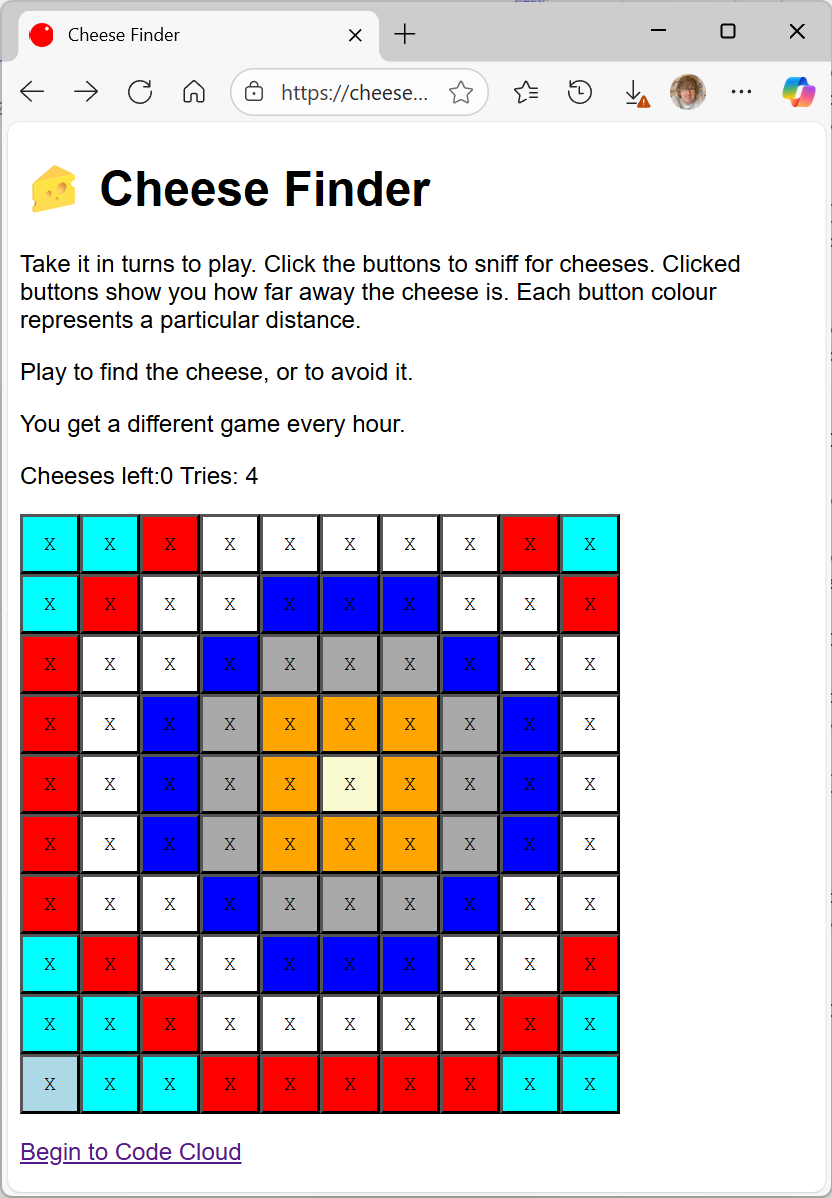When I was writing the code for the Heltec Cube I came across something that has caused me problems before. When you switch from one Arduino device to another you sometimes change compilers.
The compiler is the program that takes your source code and converts it into the low level instructions that the hardware will follow when the program runs. Different processors have different compilers and, what with C++ being a language with a few grey areas, this can change what happens when your program compiles.
In the case of the Heltec Cube I got errors when using structures in function parameters. In C++ you make a structure like this:
struct InputSwitchSettings {
int controlInputPin;
boolean controlInputPinActiveLow;
};
This is the type that describes the input port that allows the user to switch the device into configuration mode. It sets the physical pin number and also whether that pin is active low. Once I’ve got my structure I can then create a variable of that type:
struct InputSwitchSettings configPin;
I might make a function that wants to use the value of configPn, which means the function must have a parameter which is a reference to the variable:
void showPinSettings (struct InputSwitchSettings * switchRef)
{
Serial.println(switchRef->controlInputPin);
Serial.println(switchRef->contrlInputPinActiveLow);
}
The function showPinSettings will print the settings of the given input switch. Note that in the declaration of the function I’ve told the compiler that InputSwitchSettings is a structure (that’s what the word struct does).
However, some compilers let you leave this struct out (because the compiler can work out this information for itself). The compiler for the ESP32 is relaxed like this. However, the Cube compiler insists on having struct there. It took me a while to work out why code that I’d been using for ages suddenly broke. I guess it serves me right for being lazy.
If you start having problems when you target a different device on the Arduino platform, remember that you are not in Kansas any more where compilers are concerned.





















